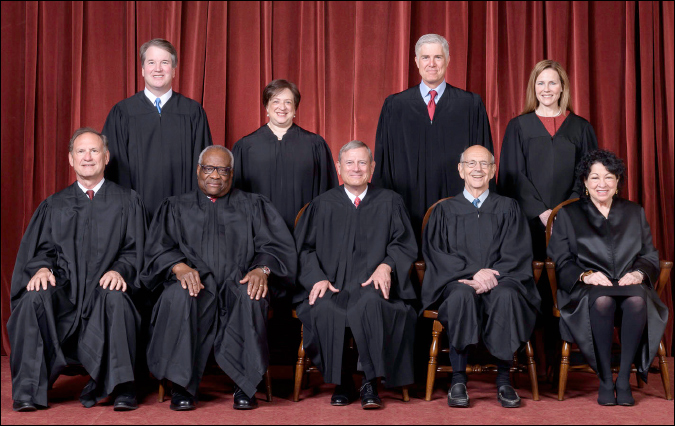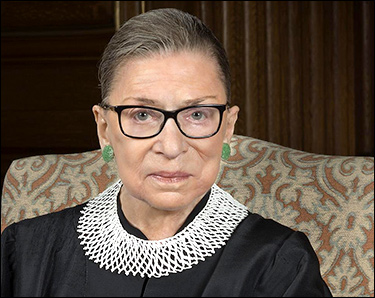By Jim Ellis — Wednesday, April 5, 2023
Election Results
Chicago Mayor: Johnson Wins Close Election — Former Chicago Public Schools CEO Paul Vallas was attempting to complete a worst-to-first showing from his last place finish in the 2019 Chicago mayor’s race, but fell just under three percentage points of accomplishing his goal. The winner, with 51.4 percent of the runoff vote, is Cook County Commissioner Brandon Johnson (D), who will now succeed Mayor Lori Lightfoot (D) after her defeat in the initial round of voting.Johnson’s combined support from the Chicago Teachers Union and the black and Hispanic communities, together of which accounts for approximately 60 percent of the city’s population, led to his victory. Commissioner Johnson is himself a former teacher and union organizer.
Wisconsin Supreme Court: Democrat Wins — Milwaukee County Circuit Court Judge Janet Prostasiewicz won a rather easy 55-45 percent victory last night in what many believe was a crucial election. The victory now gives the Democrats the majority on the state Supreme Court for the first time in 15 years. Abortion, again, was a major topic in the race with Prostasiewicz positioning her opponent, former defeated Supreme Court Judge Dan Kelly, as an extremist. Kelly raised little money for the race, but had major outside support. Prostasiewicz and the Democrats had a major resource advantage, and ran the campaign as if it were closer to a partisan congressional race than a judicial battle.
It is probable that we will now see a redistricting lawsuit filed and the state’s 6R-2D map overturned. Prostasiewicz indicated during the campaign that she thought the congressional map was “unfair.”
It appears Republicans won a state Senate special election that would give them a Super Majority within the body. This would allow them to override many of Democratic Gov. Tony Evers’ potential vetoes. With 99 percent of the vote counted, Republican Dan Knodl held 50.4 percent of the vote.
President
State Polling: Trump’s Indictment Bounce — Though now under indictment, former President Donald Trump sees his polling numbers continue to improve, this time in three states. His lead over Florida Gov. Ron DeSantis, and others, has grown according to new surveys from Massachusetts and New Hampshire, while his deficit has closed in the Sunshine State.
Opinion Dynamics, polling for the Boston Herald newspaper (released April 3; 475 likely Massachusetts Republican primary voters) sees Trump’s Massachusetts lead expand to 45-21-9-3 percent over Gov. DeSantis, former UN Ambassador Nikki Haley, and ex-Vice President Mike Pence. In a two-way test, Trump led DeSantis, 46-32 percent.
In New Hampshire, St. Anselm’s College conducted one of their regular Granite State surveys (March 28-30; 1,320 registered New Hampshire voters; live interview via cellphone). Here, Trump’s advantage is 42-29 percent, with New Hampshire Gov. Chris Sununu pulling 14 percent.
The Mason-Dixon Polling & Research Florida survey (March 27-30; 625 registered Florida voters with a 507 over-sample of Republican voters for the GOP primary questions; live interview) sees DeSantis, with a strong GOP approval rating of 87:7 percent favorable to unfavorable, leading former President Trump 44-39 percent before the governor’s home state electorate.
House
MI-10: New Democrat Comes Forth — Last November freshman Rep. John James (R-Farmington Hills) won a very tight 49-48 percent election victory over former judge and prosecuting attorney Carl Marlinga (D). He has now already drawn two opponents even though Marlinga is expected to return to seek a re-match.
Earlier in the week, former state representative candidate Diane Young (D) announced her congressional candidacy. Previously, attorney and 2022 congressional nominee against Rep. Lisa McClain (R-Bruce), Brian Jaye (D), declared his candidacy in the adjoining 10th CD. It is already clear that regardless of how many Democrats come forward to attempt to challenge Rep. James, the 2024 Democratic nominee will almost assuredly again be Marlinga. He will once more give Rep. James a very competitive battle in the general election.
NY-3: Rep. Santos Has Primary Challenge — It is a foregone conclusion that embattled freshman New York Rep. George Santos (R-Long Island) is the most vulnerable House member for the coming 2024 election. While two Democrats have previously announced their candidacies, the first Republican challenger stepped forward yesterday.
Afghan War veteran and former JP Morgan Vice President Kellen Curry declared himself a candidate for the Republican nomination. It is expected that we will see a crowded Republican primary form long before the June 2024 New York primary. Defeating Rep. Santos in the primary may be the only way the GOP has of potentially salvaging the seat.






